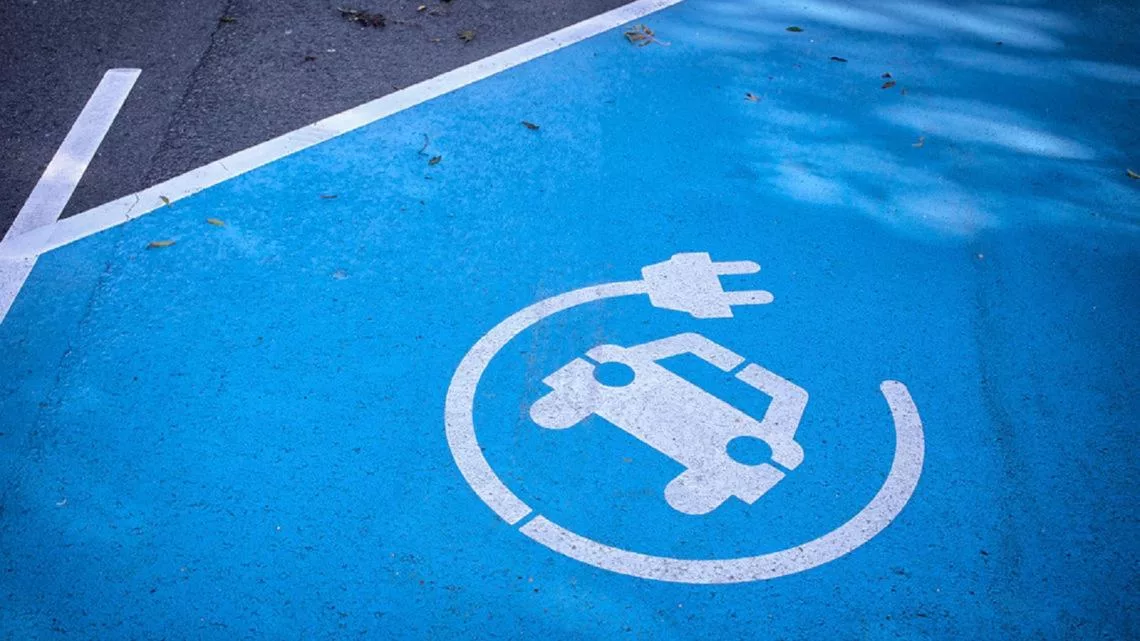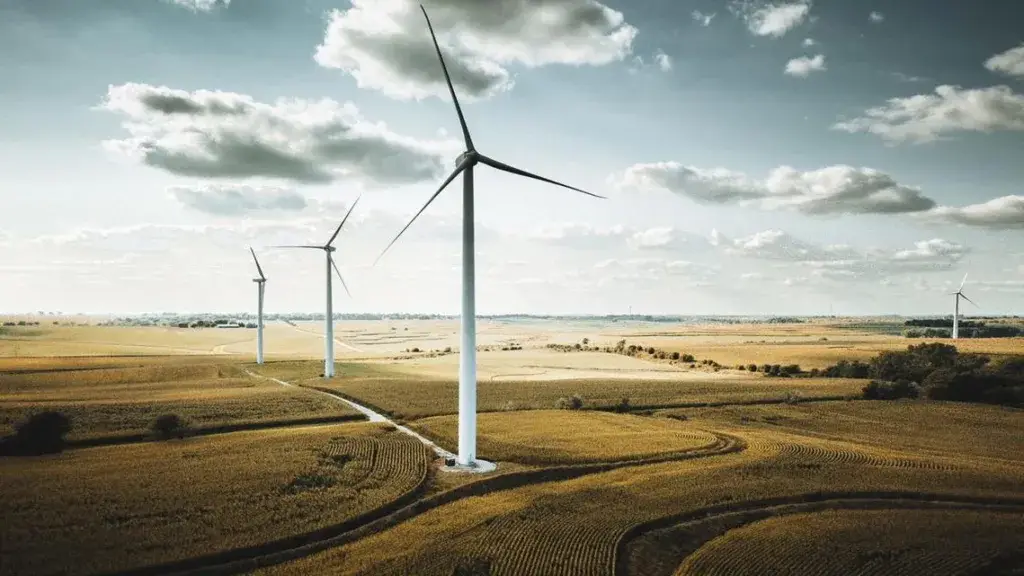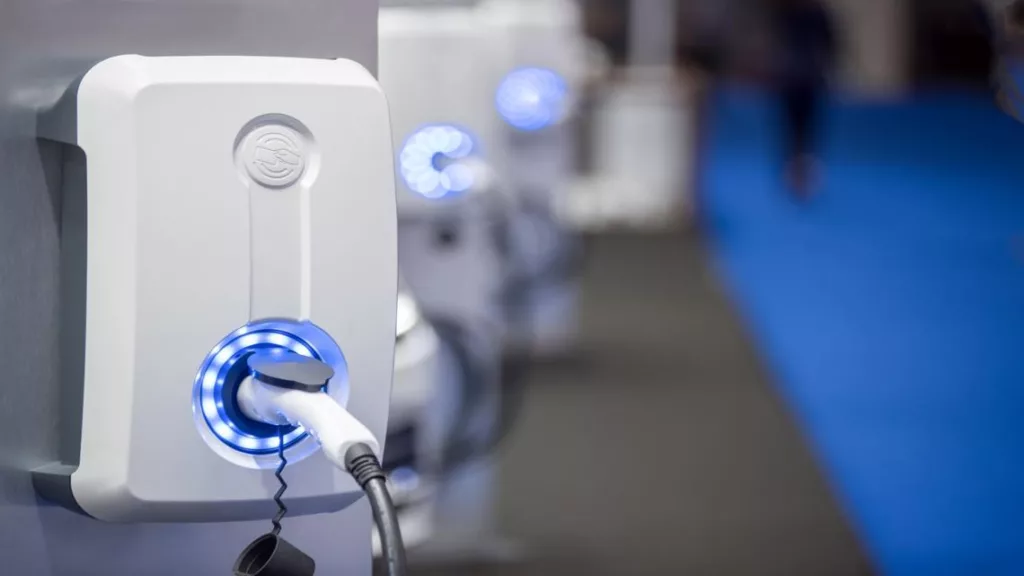In June 2019, Ørsted’s Executive Committee made a commitment to transition to a fleet of 100% electric vehicles by 2025.
The initiative is part of Ørsted’s Sustainability Program for decarbonization of energy generation and operations. It ramps up the company’s efforts to decarbonize its entire value chain, including carbon emissions arising from the work-related travel emissions of employees.
“We’ve made great strides in switching power generation to green energy, and the next big challenge will be the transport sector, which at the moment is predominantly based on fossil fuels. Fortunately, big technological advances are being made, making electric vehicles competitive. That is why we’ve decided that from 2021, we’ll only buy and lease electric vehicles, and that our entire fleet will be electric by 2025,” said Jakob Askou Bøss – Senior Vice President for Strategy and Communication at Ørsted.
As of 31 July 2019, Ørsted had around 340 company cars, pool cars and specialist vehicles, of which 21% are EVs. To succeed in making their fleet fully electric, the company overcame a number of challenges.
For instance, Ørsted’s EV target includes specialist vehicles such as bulldozers, wheel loaders, tractors and other heavy-duty vehicles – but the development and supply of electric alternatives are still quite immature and short-term challenges to making the transition to EVs are expected.
In addition, some employees, particularly those who live in apartments, didn’t have access to public charging, making them reluctant to switch to EVs.
To address these challenges, Ørsted strengthened their company car policy and developed a simple tool for specialist vehicles to calculate how much CO2 is saved per vehicle when switching from fossil fuel to electricity. This enables Ørsted to rank where it gets the most value for money in terms of CO2 savings. For company cars and pool cars, transitioning to EVs will enable Ørsted to avoid approximately 1,000 tons of CO2 per year.
Ørsted is now producing a roadmap for the EV transition for each category of vehicles and business units.
The company will continue working with car sharing companies like Green Mobility and DriveNow to increase the number of shared EVs for employees at locations where relevant, helping substitute trips that would otherwise have been made by fossil-fuel vehicles.
View the case-study and access the key learnings from Ørsted’s EV fleet adoption journey. You can also explore other case studies through the Corporate EV Adoption Guide.




